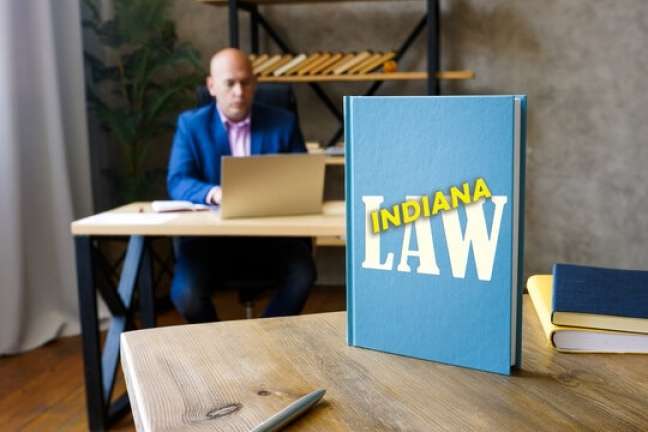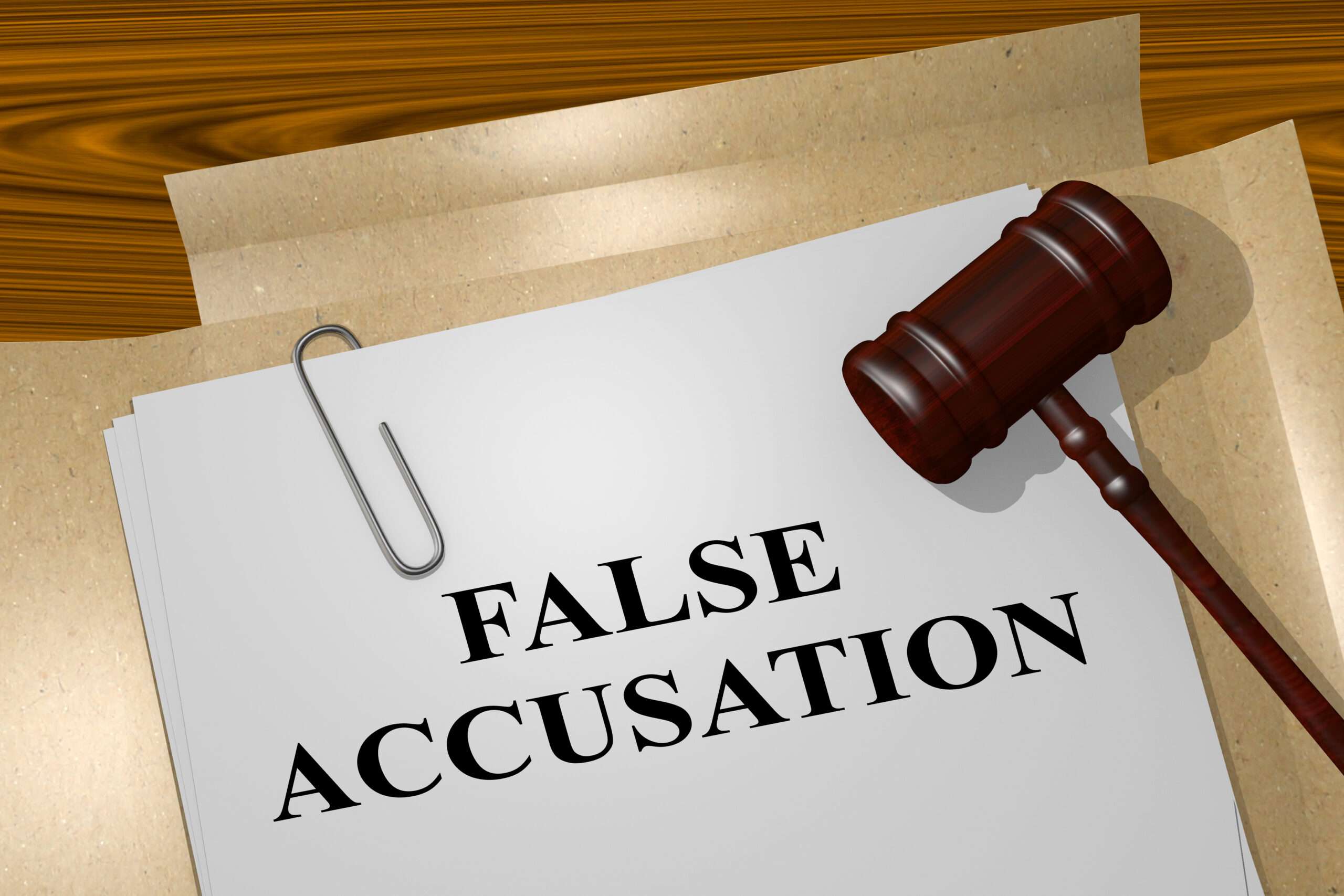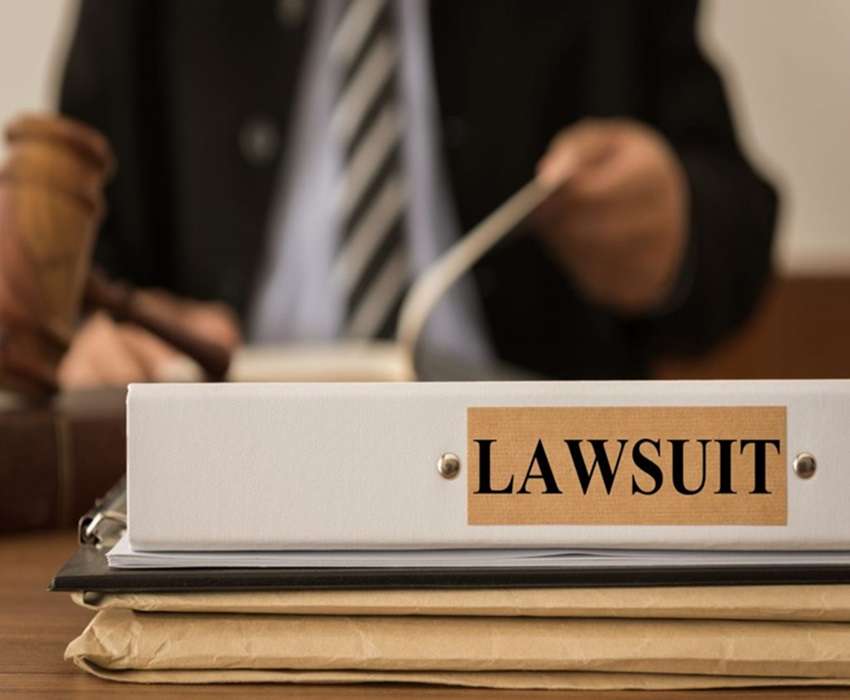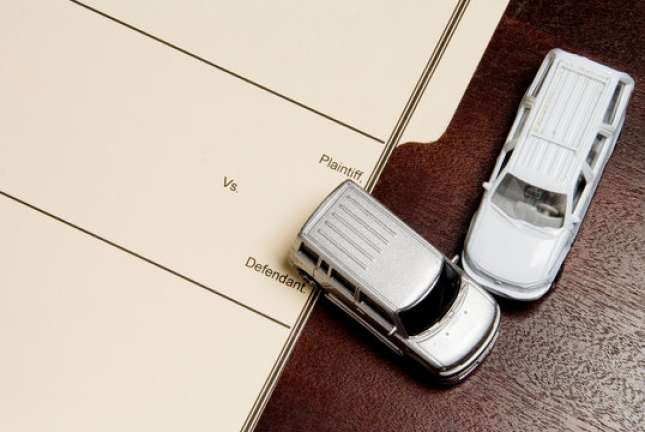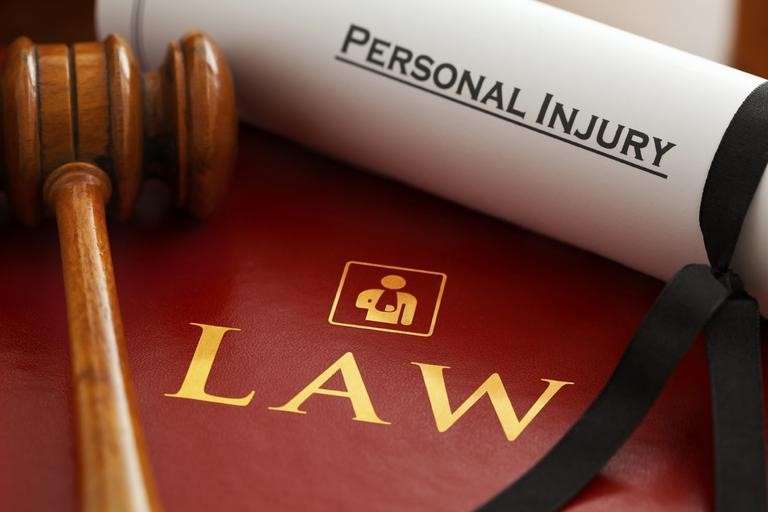If you find yourself in a car accident, it is important to know your legal rights and responsibilities. Most people are unaware of the fact that they can file a claim against the other driver even if they weren’t at fault for the accident. In this article, we will discuss how to approach a car accident from a legal perspective and what to do if you find yourself in this situation.
1) Seek medical attention right away
If you are involved in a car accident, the first thing you should do is seek medical attention. Even if you feel fine, it is always best to get checked out by a doctor just to be safe. Once you have seen a doctor, you can then start thinking about taking legal action.
After all, seeking immediate medical attention can be helpful when you file a case against the at-fault party. Medical records can be used as evidence to show the connection between your injury and the crash. By presenting this documentation, you can improve your chances of getting a more desirable outcome for your case.
Additionally, if you wait too long to see a doctor, the insurance company may try to use this against you and say that your injuries are not as serious as you claim.
Keep in mind that you should also see a doctor even if the other driver was at fault for the accident. This is because you may have injuries that do not present themselves right away. For example, you may have whiplash or other soft tissue injuries that take a few days to show up. Failing to get the medical care you need may be life-threatening. With proper diagnosis and treatment, you can prevent the risk of serious medical complications associated with your crash-related injury.
2) Gather evidence
After you have sought medical attention, the next thing you should do is start gathering evidence.
When it comes to personal injury claims, evidence plays a crucial role in getting a favorable outcome. If you want to get compensated for your losses, you need to prove that your crash-related injury was caused by someone else’s negligence. Otherwise, you may be unable to get the justice and compensation you’re entitled to.
Therefore, you should have every piece of evidence to strengthen your case. This includes things like photos of the accident scene, witness statements, and your own statement about what happened. When you’ve suffered a personal injury, it’s important to document everything related to your case. If you have a camera or smartphone, take pictures of the accident scene, your injuries, and the other driver’s car. These photos can be used as evidence in your case.
You should also try to get the contact information of any witnesses who saw the accident. Witness statements can be very helpful in proving who was at fault for the accident.
Lastly, you should write down your own account of what happened and keep this information in a safe place. This will be useful when you speak to an attorney or insurance company about your case.
3) Speak to an attorney
After you have gathered evidence, the next step is to speak to an attorney. An attorney will be able to tell you if you have a case and what your legal options are. Additionally, an attorney can help you negotiate with the insurance company and get the compensation you deserve.
For example, if the other driver was at fault, you may be able to get compensation for your medical bills, lost wages, and pain and suffering. Plus, an attorney can also help you if the other driver doesn’t have insurance or if you need to file a lawsuit.
Whatever the situation is, having an attorney by your side can help you navigate your injury case, especially if you’re not at fault after a car accident. They’ll give you valuable legal advice about the best things to do after getting involved in a car accident. They’ll also be there every step of the way to ensure you receive the compensation you deserve for your crash-related injury.
Hence, if you haven’t found an attorney to advocate for your rights, it’s time to choose the right one for your situation. You can do this by verifying their experience and reputation in the legal industry. You can also check some client reviews online to learn what other clients have to say about their legal services. This way, you’ll know if your prospective attorney has the ability to obtain the best possible outcome for you.
4) File a claim with the insurance company
Once you have spoken to an attorney, you can then start the process of filing a claim with the insurance company. If the other driver was at fault, their insurance company should cover your damages.
However, the insurance company will likely try to lowball you and offer you a settlement that is much less than you deserve. This is why it is important to have an attorney on your side who can negotiate with the insurance company and get you the compensation you deserve. Plus, if the insurance company refuses to cooperate, your attorney can file a lawsuit on your behalf.
5) Take legal action
If the insurance company is unwilling to give you a fair settlement, you may need to take legal action. This means filing a lawsuit against the other driver. However, before you do this, you should speak to an attorney to see if it is worth taking legal action.
An attorney can help you understand the pros and cons of taking legal action and help you make the best decision for your case. For example, if the other driver was clearly at fault, you may have a good chance of winning your case. However, if the other driver was only partially at fault, you may not want to take legal action.
Taking legal action after a car accident can be a complicated and overwhelming process. However, by following these steps, you can ensure that you have the best chance of getting the compensation you deserve. If you have any questions or need assistance with your case, don’t hesitate to contact an experienced car accident attorney. The bottom line is that you should never try to handle a car accident case on your own. An attorney can help you protect your rights and get the compensation you deserve.






